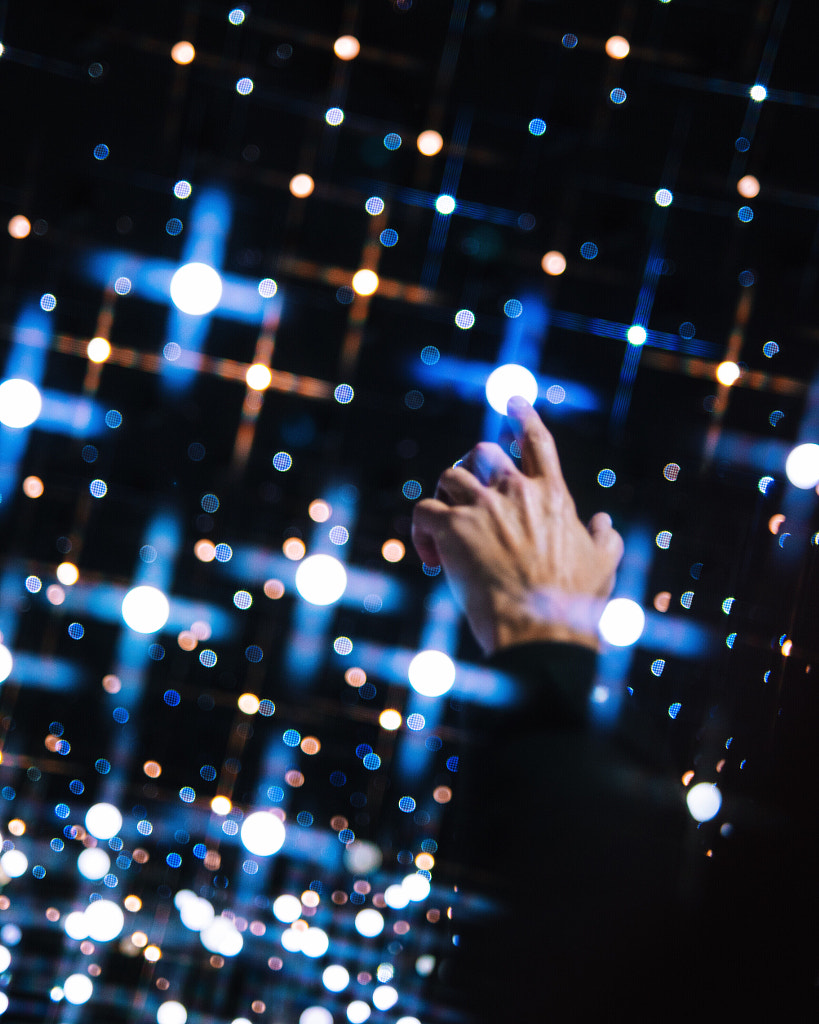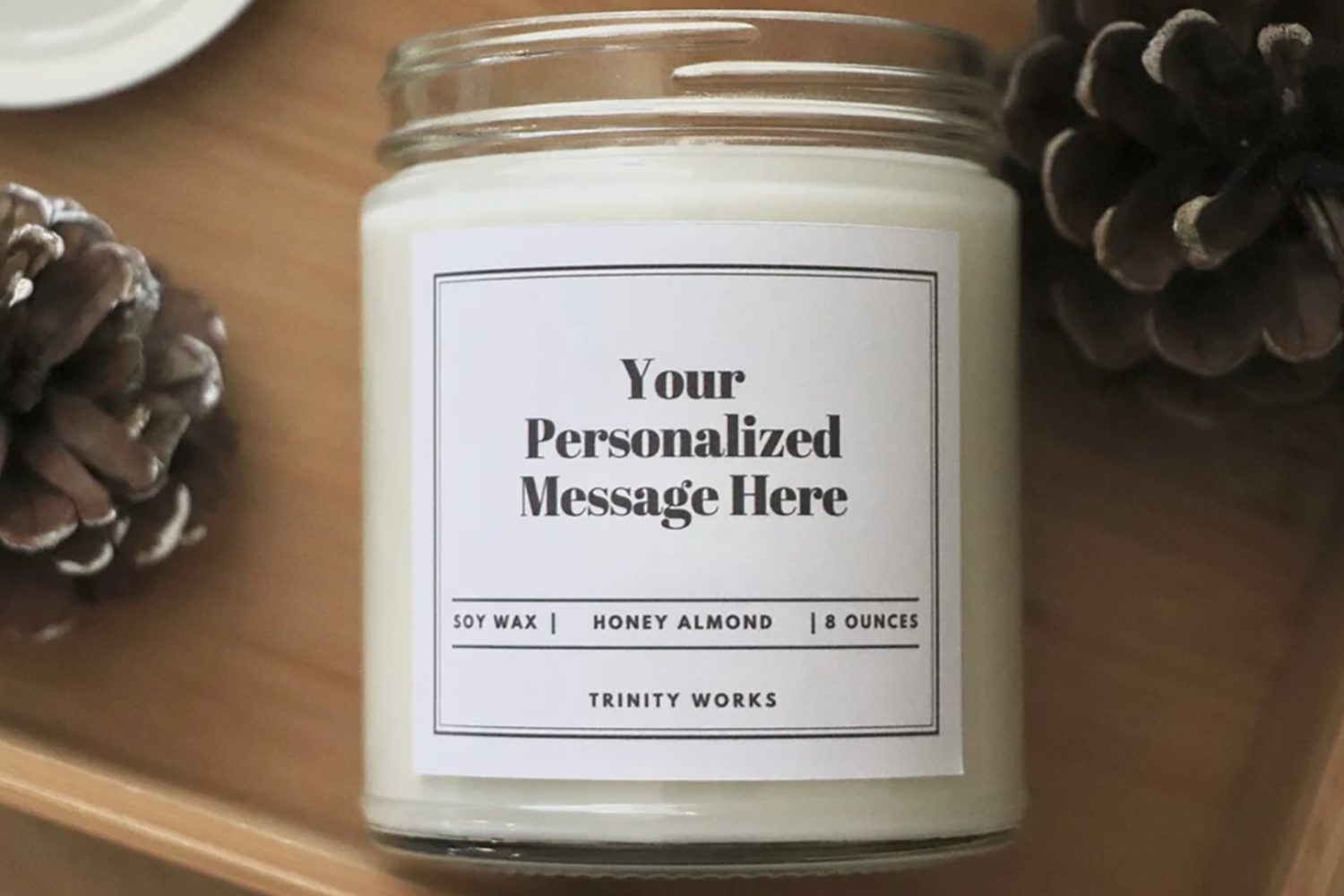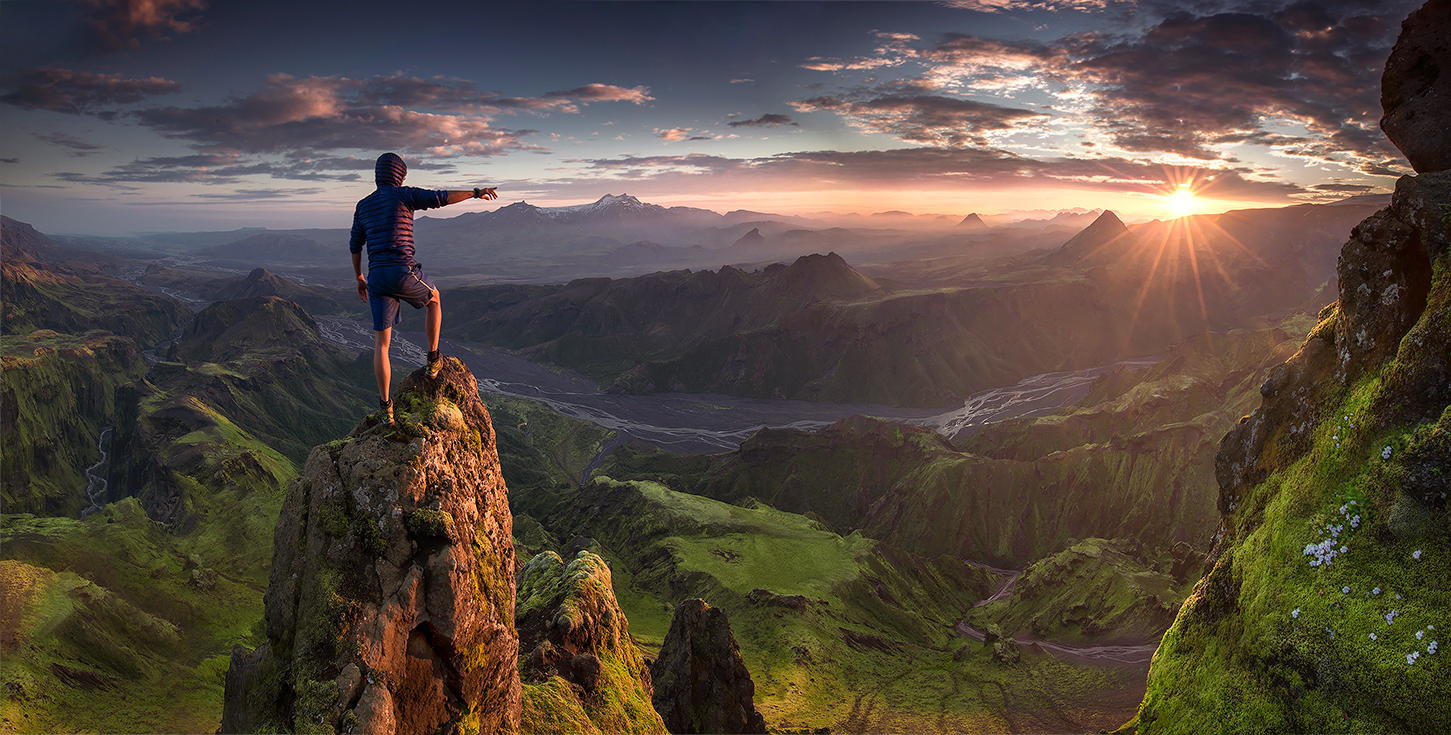This fall, Sotheby’s made waves by announcing the launch of its NFT marketplace, Metaverse, with the storied auction house planning a landmark biannual auction called Natively Digital. This move followed a string of high-profile NFT sales that shook up the art world—and attracted the interest of photographers and photography collectors around the world.
NFTs have been around for a few years. In 2018, for example, the photographer Kevin Abosch sold a digital image of a rose, titled Forever Rose, to a group of ten collectors for $1 million. At the time, more than 150 collectors expressed interest. The proceeds from the sale went to the CoderDojo Foundation, an organization providing free, community-based computer programming clubs.
Still, 2021 was arguably the year NFTs entered the mainstream, with historic auction houses and emerging marketplaces alike rising to meet growing demand. But what does this mean for photographers—specifically those who are already Licensing their work to clients for commercial use? In this article, we’ll break down the answers to those questions.
What is an NFT?
NFTs, or “non-fungible tokens,” allow photographers to turn digital images into collectible artworks. NFTs are stored on a decentralized blockchain, which acts as a public ledger. “Non-fungible” just means they’re unique; unlike cryptocurrencies (e.g., ether or bitcoin), where you could trade one coin for another, NFTs aren’t interchangeable. They cannot be reproduced.
Essentially, you can think of these tokens as you would a certificate of authenticity and ownership; there might be many versions of the same image publicly and freely available on the web, but only the NFT has that special digital signature that marks it as one-of-a-kind. When you buy an NFT, you’re paying for that signature.
“NFTs provide a way for ownership of digital assets to be transferred to an individual,” the 500px team explains. “Until now, this was not an option.” NFTs are a game-changer for photographers looking to monetize their work. As you would expect in the traditional art market (for example, print sales), you set the edition of your NFTs, selling one version, ten versions, or even 100 versions, and so on, of the same image. In general, the lower the edition, the more valuable the NFT, as there are fewer available.
Crypto art is also appealing to photographers because you can set a royalty. That is, every time the NFT is sold and changes hands, you receive a percentage of that sale. NFTs aren’t limited to photography; they can be linked to any digital asset, from videos and gifs to memes and music or even sports highlights.
What about copyright?
NFTs work similarly to physical artworks when it comes to copyright. Someone could buy a print from you, and they’d own that print, but they would not own the copyright unless you signed it away to them. The same goes for NFTs. The photographer owns the copyright, except in cases where they’ve transferred it to someone else.
As the copyright holder, a photographer has exclusive rights to distribute copies of the work, create derivative works, or use the work for commercial purposes. If a collector buys an NFT, they can resell it to another collector, but they cannot license your image if you haven’t transferred the copyright to them.
If you have transferred the copyright of your photo to someone for whatever reason, and this would be explicitly stated as part of the sale or auction, then they might be able to submit your photo for Licensing and earn money from it. That’s why we don’t recommend transferring your copyright if you want to continue Licensing and earning money from your photos.
Comparing NFTs and Licensing
Of course, there are some differences between the worlds of crypto art and commercial Licensing. One is the upfront investment; while you do have to pay gas fees to mint and list your NFTs, it won’t cost you anything to submit your photos to Licensing on 500px. The payout will also vary; with NFTs, you can set your sale prices, while stock photography platforms and agencies usually set their own prices.
In any case, do your research on the platform where you plan to sell your images, whether you’re getting into commercial Licensing or venturing into crypto art. Check what fees are involved, if any, and what percentage of the sale price you’ll earn. Research your options to find the best fit for you and your portfolio.
How do NFTs affect Licensing?
The short answer: you can sell your photo as an NFT and still continue to License it for commercial use, as long as you haven’t transferred your copyright. The NFT collector is buying the verified, authenticated artwork, while the commercial client would be paying to use your image for their own purposes, such as advertising and marketing materials.
As the photographer and copyright holder, you have the right to print your photos and sell them as artworks, while also selling them for commercial use, if you wish. The same principle applies to NFTs. The 500px team tells us, “If an image becomes a highly popular NFT, this would actually increase the sales potential of that same image within Licensing.” Perhaps in some cases, the opposite could hold true as well: as your photo is licensed and used more and more, it could become more famous, making the single NFT of that same artwork more valuable.
Ultimately, NFTs are another possible revenue stream for photographers, and in most cases, where the copyright has not been transferred, they will not impede your ability to License your images through platforms like 500px. Licensing and minting artworks can be seen as two separate ways of monetizing your work in 2022, allowing you to keep one foot in the commercial world while venturing into the art market at the same time.
With that being said, NFTs are still relatively new, and the relationship between cryptocurrency, crypto art, copyright, and Licensing could evolve over time. For that reason, it’s important to stay up-to-date on the law as it pertains to photographers. To learn more about copyright, be sure to check out this article.
Join the Vault waitlist to get early access and be the first to find out how you can create, buy, sell, and earn.













Leave a reply